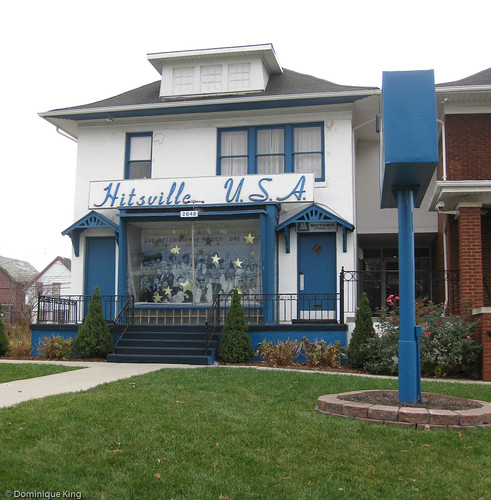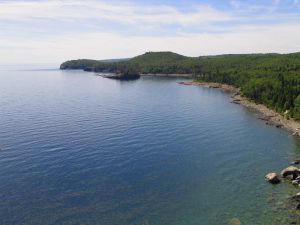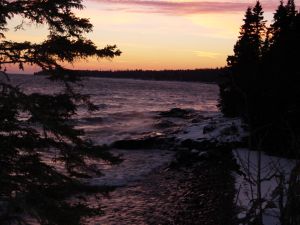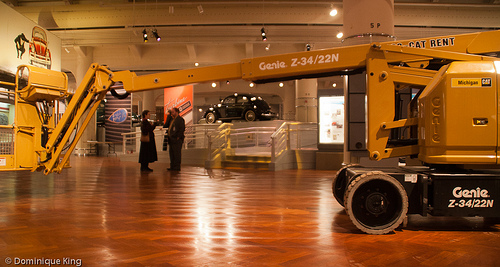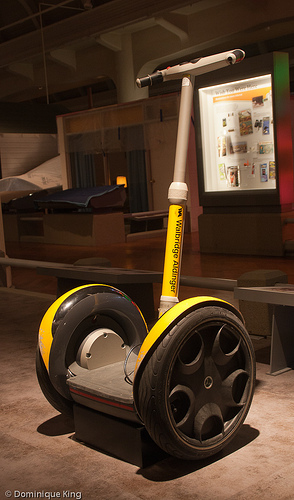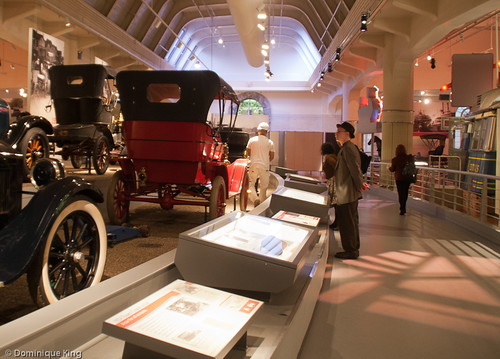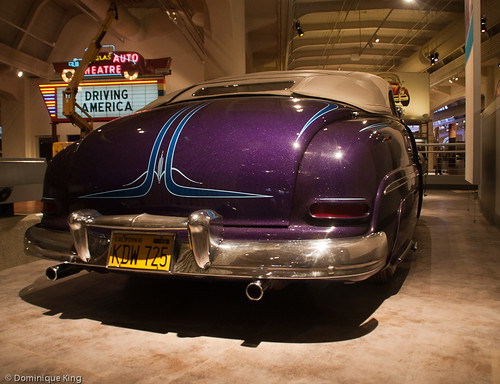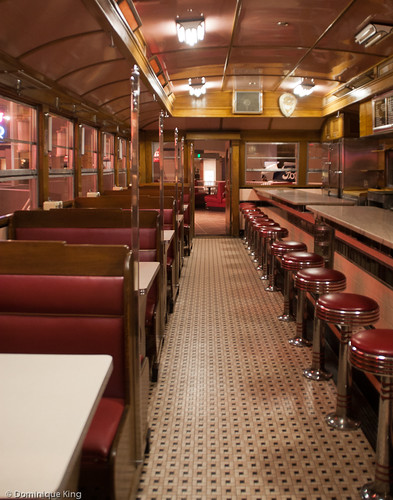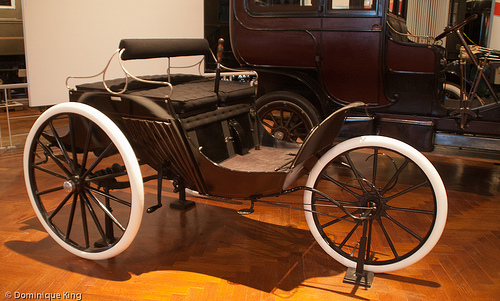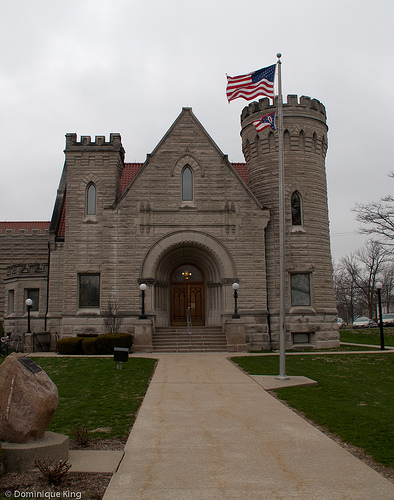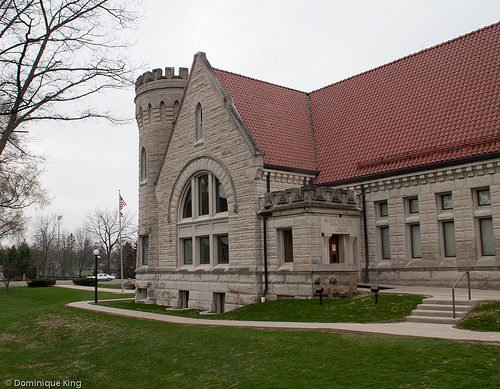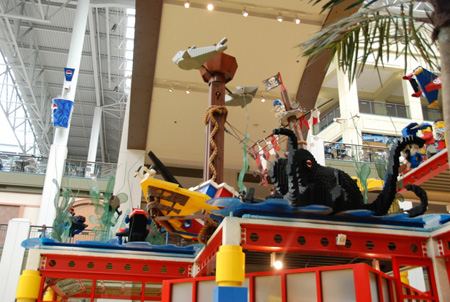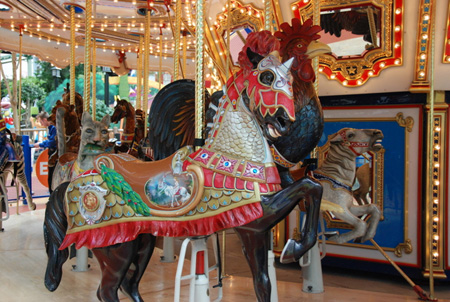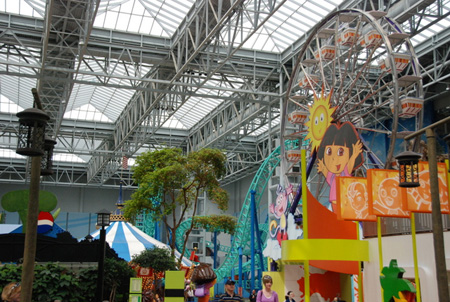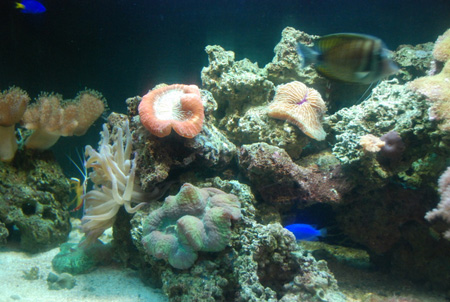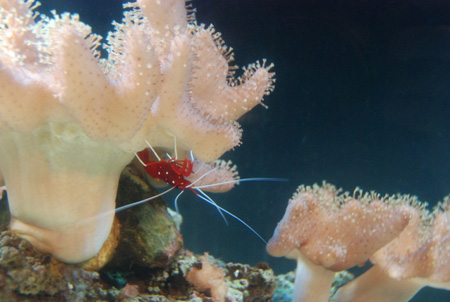I like visiting lighthouses during the summer, but I really love visiting lighthouses during the winter. The cold weather keeps many visitors away, so venturing out to a light tower in the winter gives you a real sense of the isolation experienced by light keepers 100 or more years ago.
That sense of isolation was certainly present when we last visited the lighthouse at Little Sable Point late one winter afternoon as daylight faded and snow started to fall.
The lighthouse at Little Sable Point is one of a trio of lighthouses near Pentwater and Ludington on Lake Michigan that includes the Big Sable Point Lighthouse and Ludington's North Breakwater Lighthouse. You can easily visit all three lighthouses in a single day, although the Little Sable's proximity to roads and a long stretch of beach makes it the busiest of the three on sunny summer days.
Few people were out on the beach during our wintertime visit, and bitter winds made lingering outside for very long pretty much impossible.
Lumbering in during the mid- to late- nineteenth century brought a lot of lake traffic to the area, increasing demand for a lighthouse there by the late 1860s. The grounding of a schooner on Little Sable Point finally gave the U.S. Congress the impetus to allocate $35,000 for the lighthouse in 1871.
Col. Orlando M. Poe, a U.S. Army officer and engineer during the Civil War, designed and oversaw construction of many Great Lakes lighthouses during his post-war work with the U.S. Lighthouse Board. He designed the 107-foot-tall light tower at Little Sable Point as a near twin to the nearby tower at Big Sable Point.
Lack of roads in the remote location delayed completion of the project until 1874, although it came in under budget, costing just $28,886.
Many light towers received frequent coats of white paint, usually the responsibility of the light keepers, but the red brick used at Little Sable Point was unusually hard and impervious to deterioration, so the decision early on was to leave the red bricks unpainted as a cost- and labor-saving measure.
The red-brick lighthouse at Little Sable Point looks quite different from its near twin tower at Big Sable Point because the latter tower, made of the cream brick so popular for use on many Great Lakes lights, has a steel casing to protect the eroding bricks.
Many early mariners complained that Little Sable's natural red color made the light tower more difficult to spot during the day, so keepers began painting the tower white in 1900.
The remote location of the tower at Little Sable Point delayed its electrification and automation until 1954. The last light keeper left at that time.
The Coast Guard demolished everything but the tower at the now unmanned light station the next year, including the original one-and-one-half story light keepers residence formerly attached to the tower by an enclosed walkway.
In 1977, the tower lost its white paint when as workers sandblasted it to expose the original red brick and save on painting maintenance costs.
In 1986, the Sable Points Lightkeepers Association (SPLKA) formed. The group signed a 25-year least to manage and maintain the lighthouse in 2005.
Recent projects at the lighthouse include application for a historical marker and completion of a paved walkway through the dunes to make it more accessible to visitors.
Although visitors can climb the 139 cast iron steps to visit the top of the tower from late May through late September, you can still get a pretty clear view of the Little Sable Point tower's original Fresnel lens during the colder seasons. It's one of only of a few still in operation at a handful of Great Lakes lighthouses.
Want to learn more about the Little Sable Point Light and the nearby Big Sable Point and Ludington Breakwater lights? Check out Lighthouses of Northwest Michigan by Susan Roark Hoyt.
© Dominique King 2012 All rights reserved


